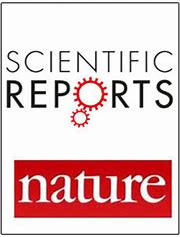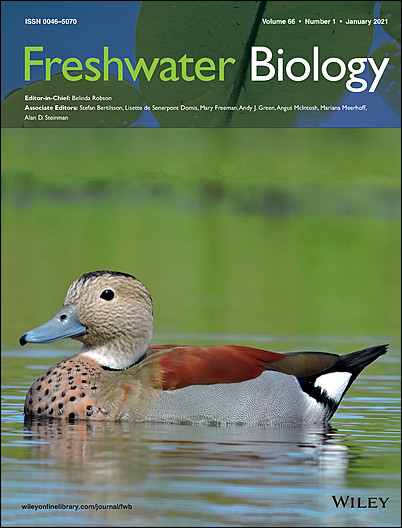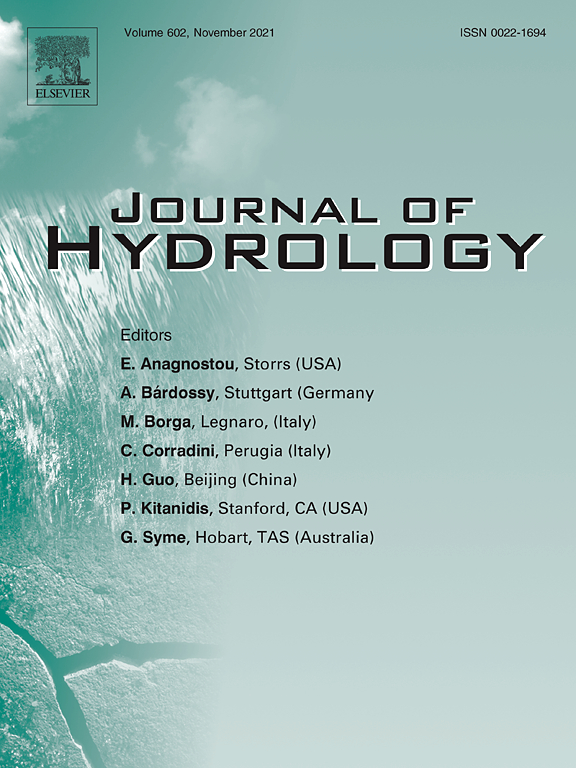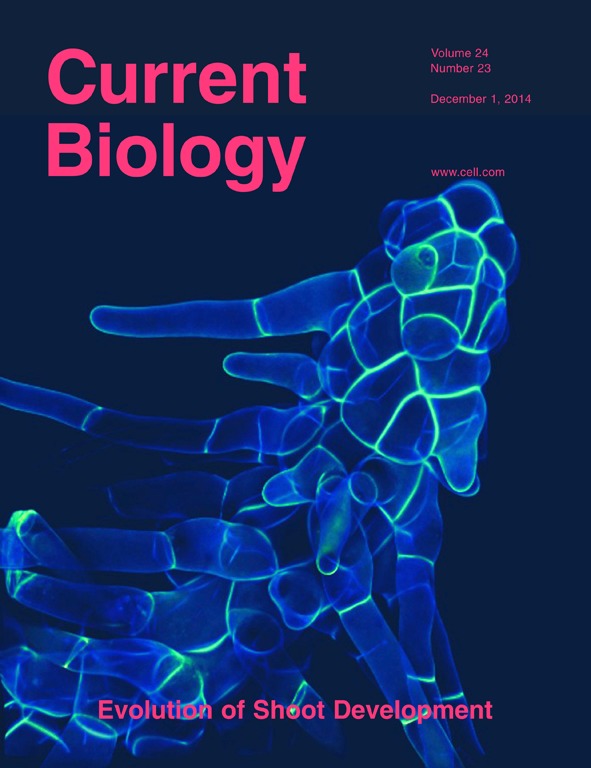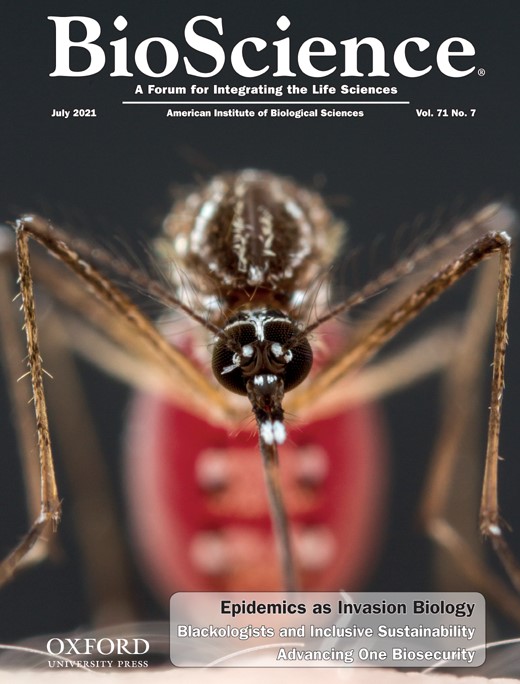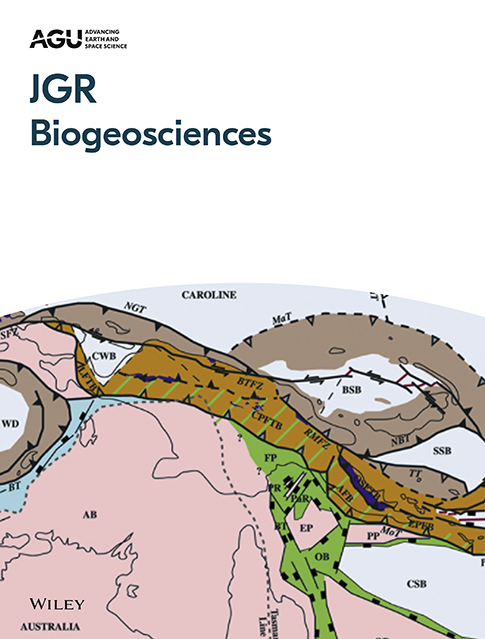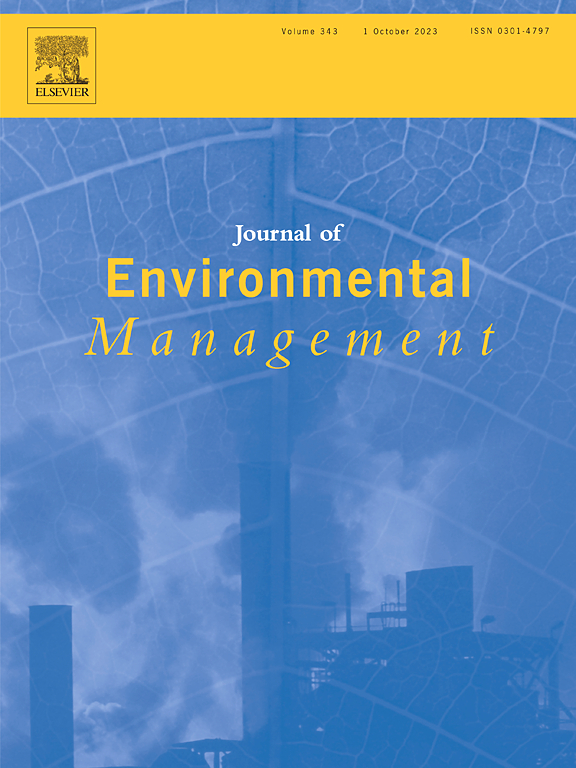Predator exposure early in life shapes behavioral development and individual variation in a clonal fish
Submerged Macrophytes Can Maintain Stable Dominance Over Free-Floating Competitors Through High pH

Assessing environmental gradients in relation to dark CO2 fixation in estuarine wetland microbiomes
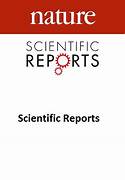
Globisporangium tabrizense sp. nov., Globisporangium mahabadense sp. nov., and Pythium bostanabadense sp. nov. (Oomycota), three new species from Iranian aquatic environments

Varying organic content in fish otoliths: Effects on SIMS-based δ18O measurements and possible corrections
VTraFlux − A model toolbox to determine transient vertical exchange fluxes in hyporheic sediments from time series of natural tracers
Collective anti-predator escape manoeuvres through optimal attack and avoidance strategies
The research team investigated the predator-prey behaviour of striped marlins (Kajikia audax) and sardine shoals (Sardinops sagax caerulea) in the open ocean. Their findings reveal that individual prey in groups follows simple decision-making rules, which lead to complex, collective self-organized manoeuvers – and that this response is something predators can capitalize on.
A conceptual classification scheme of invasion science
Combining expert knowledge with literature analysis, this study developed a conceptual classification scheme of invasion science that allows to organize publications and data sets, guide future research, and identify knowledge gaps. The scheme features 5 major themes of invasion science that are divided into 10 broader research questions and linked to 39 major hypotheses of the field.


